
The diagnosis was delayed skeletal maturation due to congenital hypothyroidism.

The diagnosis was delayed skeletal maturation due to congenital hypothyroidism.
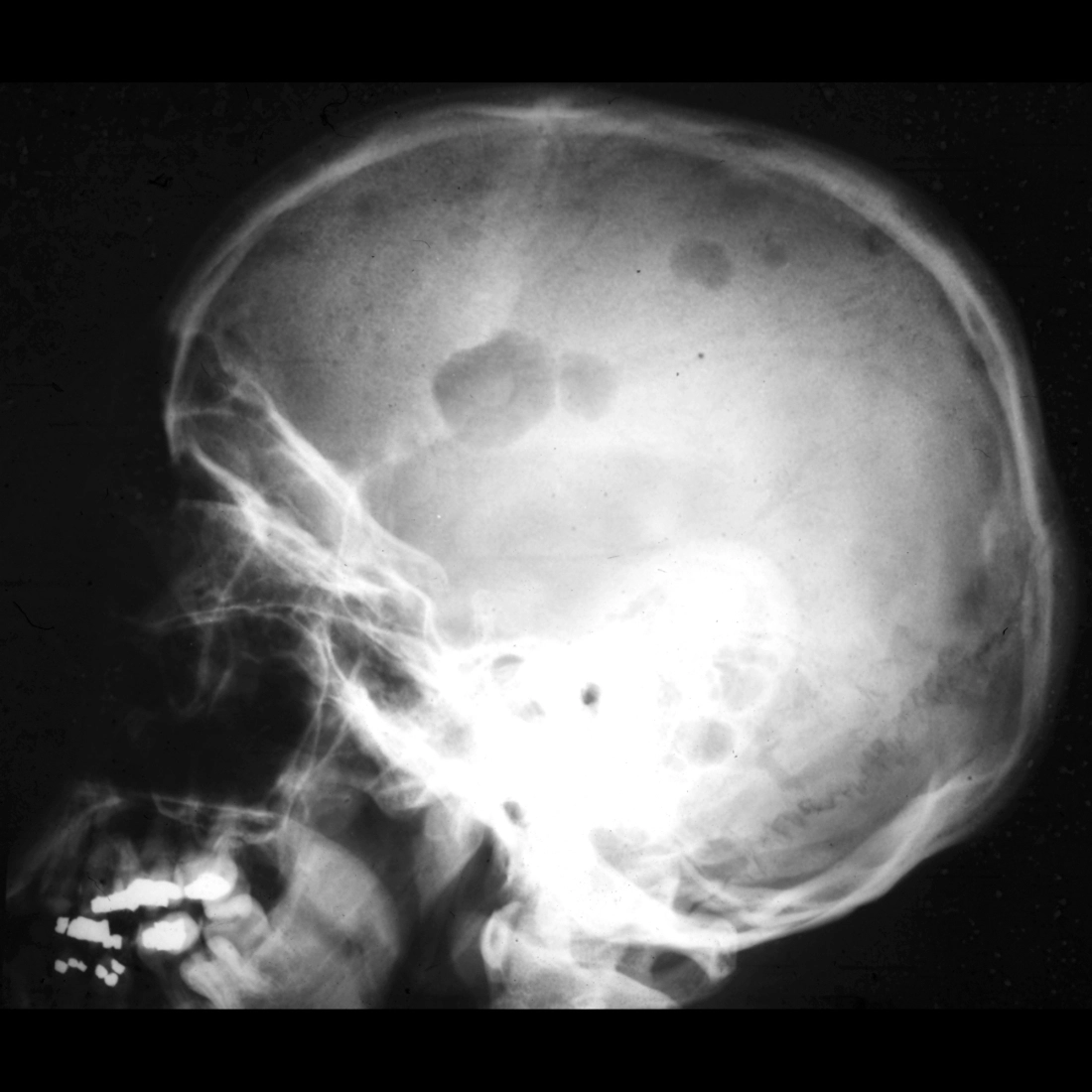
The diagnosis was multiple myeloma.
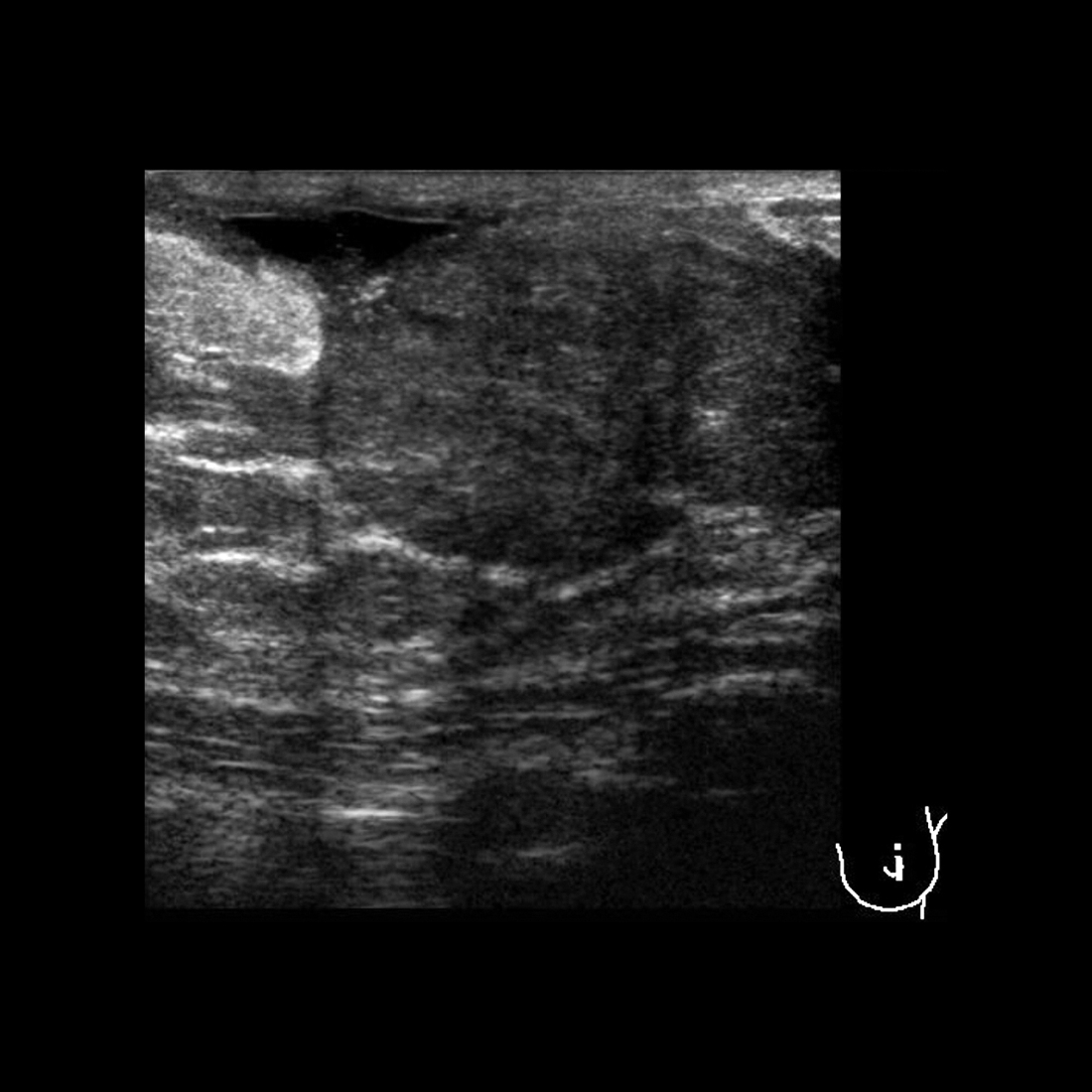
The diagnosis was breast abscess.
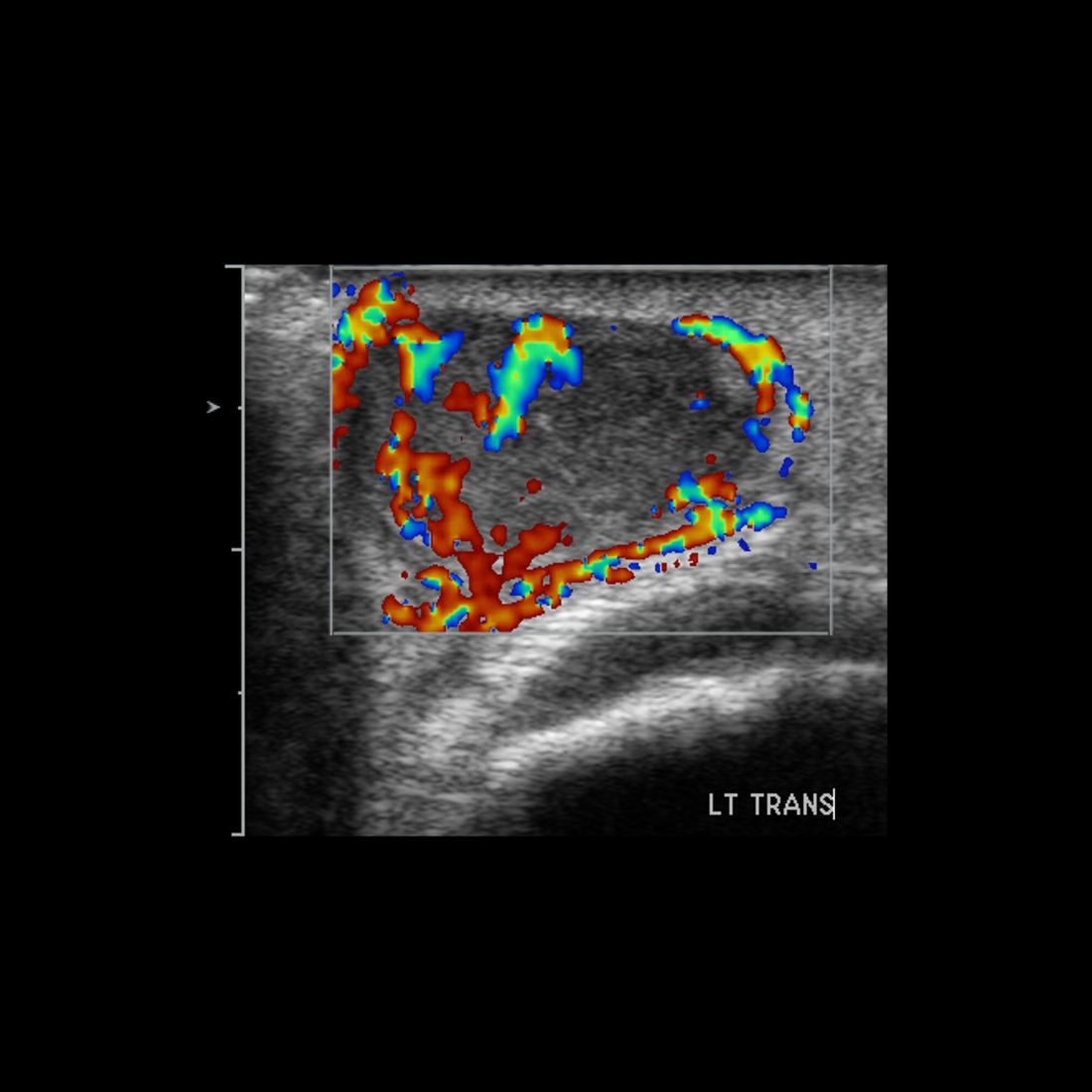
The diagnosis was subcutaneous abscess.
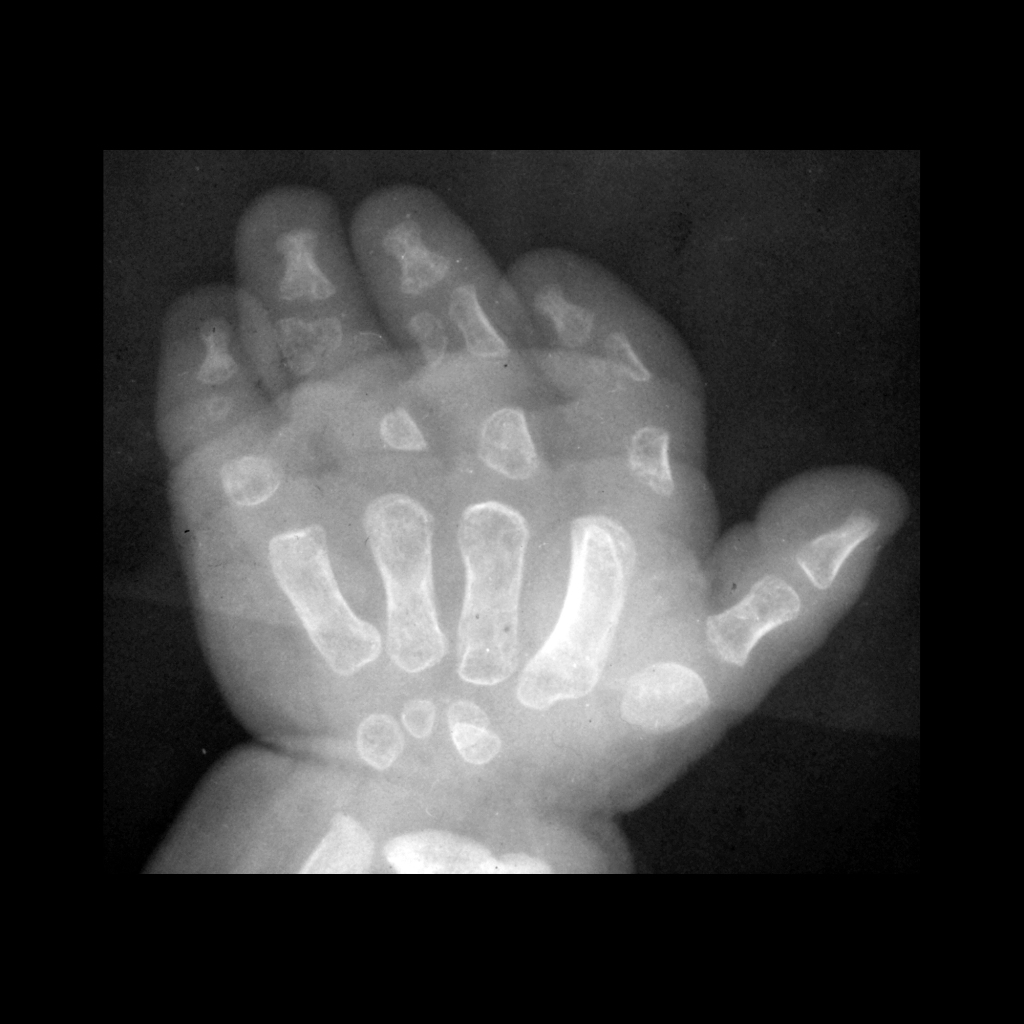
The diagnosis was diastrophic dysplasia.
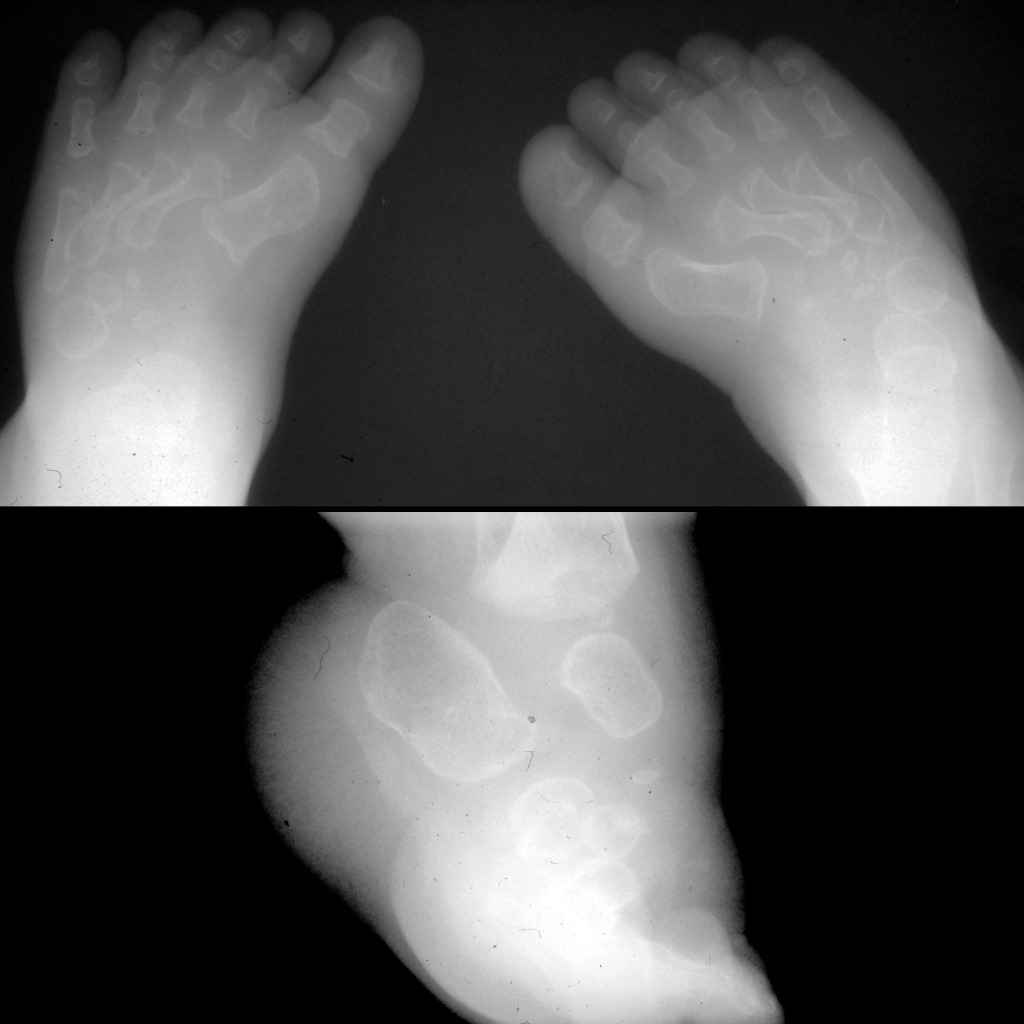
The diagnosis was diastrophic dysplasia and club foot.
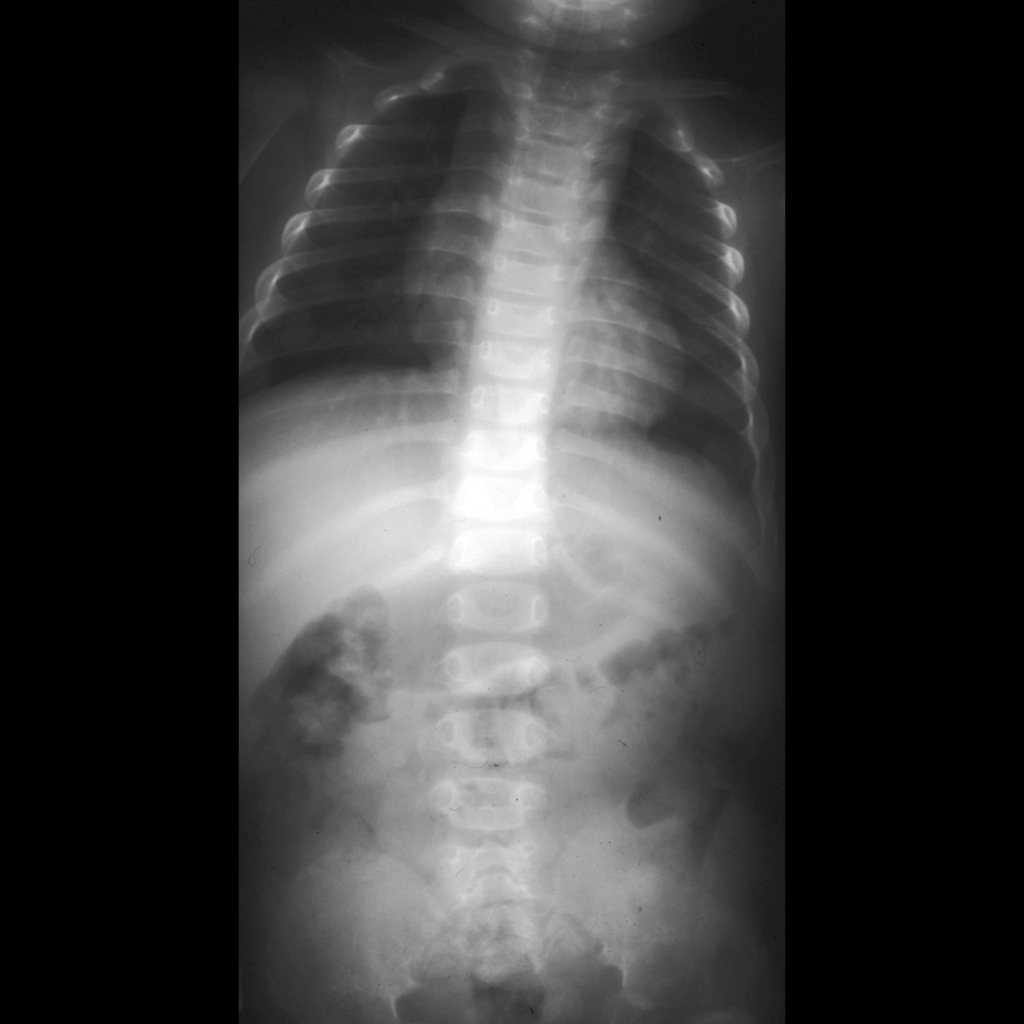
The diagnosis was diastrophic dysplasia.
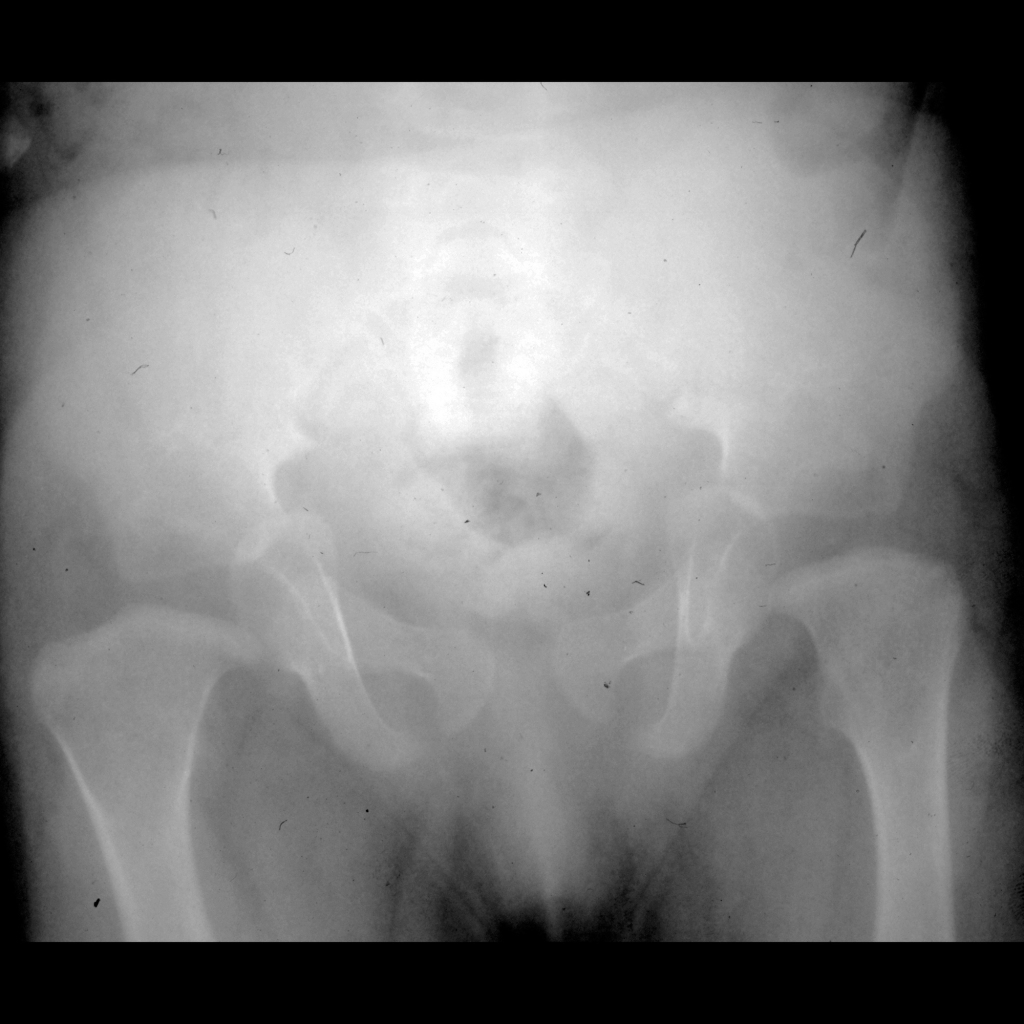
The diagnosis was diastrophic dysplasia.
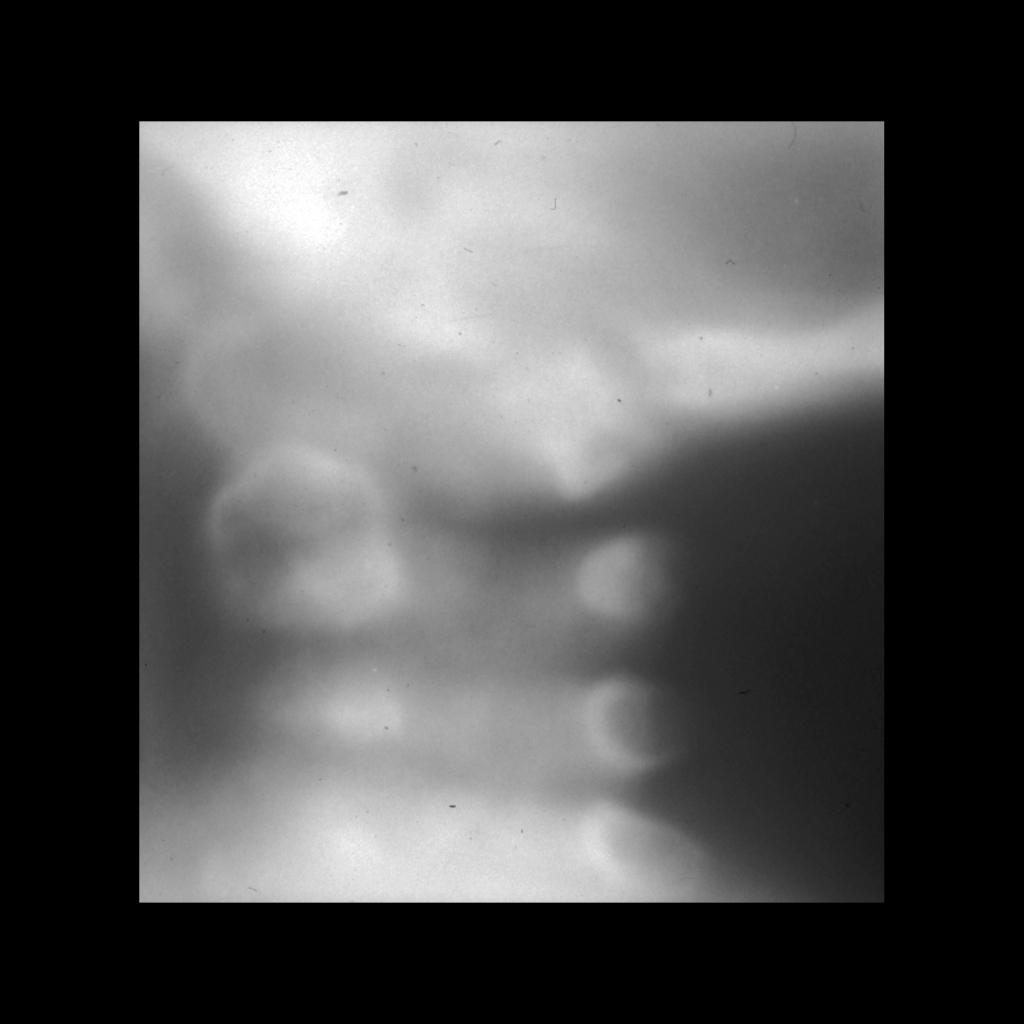
The diagnosis was Morquio syndrome.
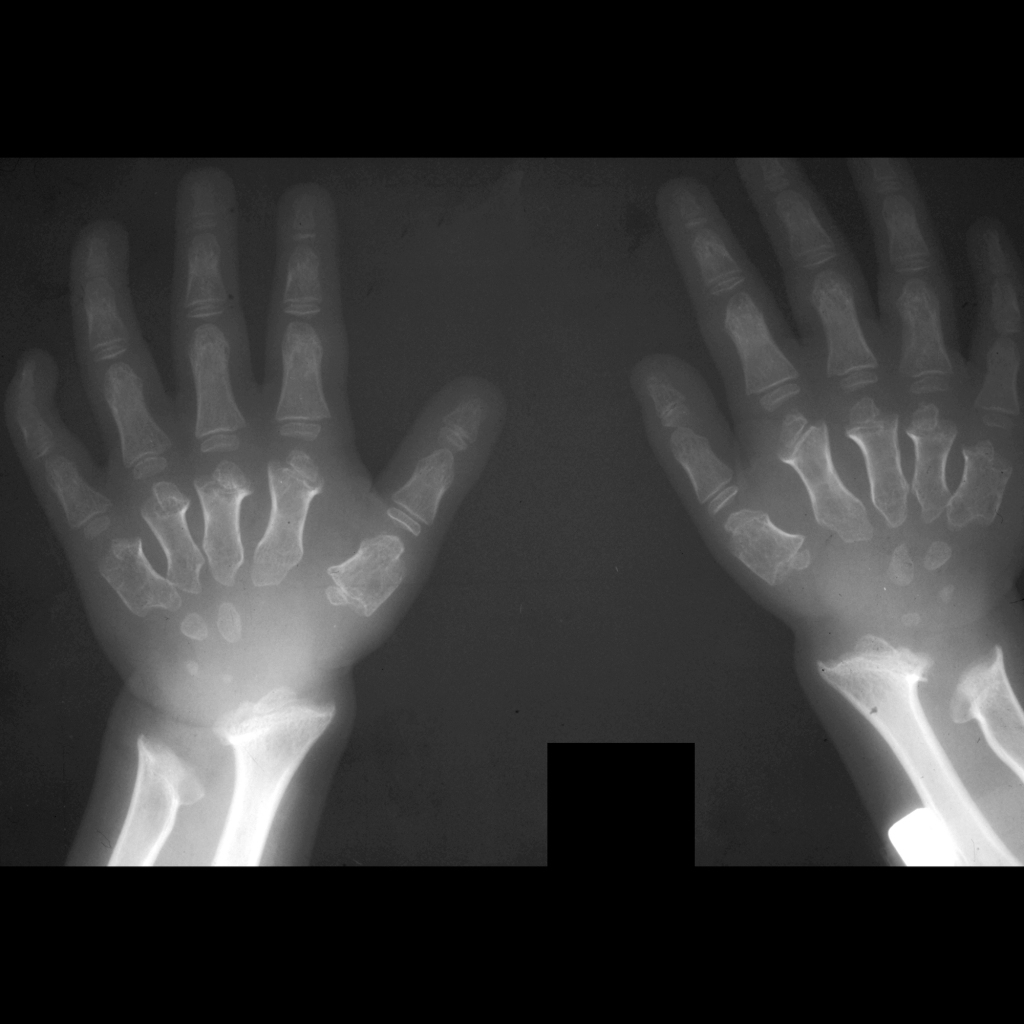
The diagnosis was Morquio syndrome.
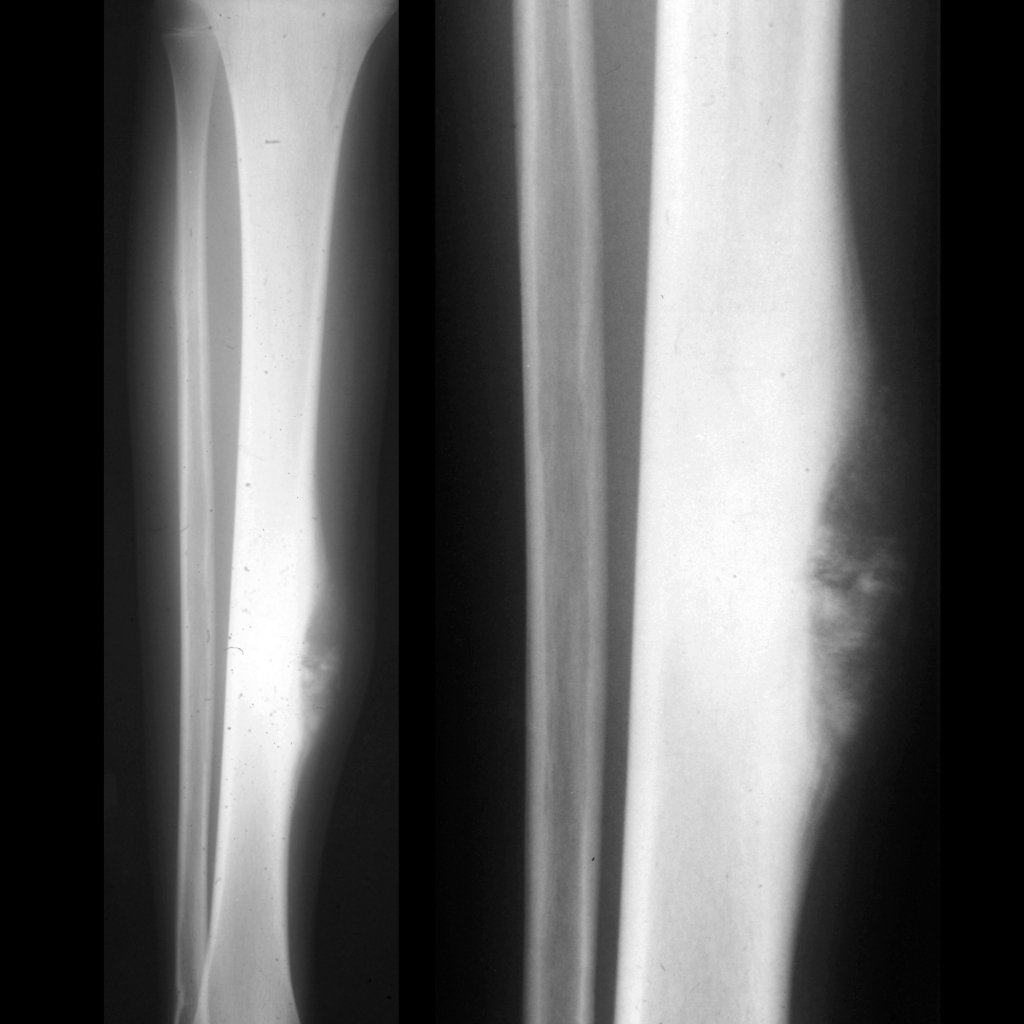
The diagnosis was osteosarcoma of the tibia.
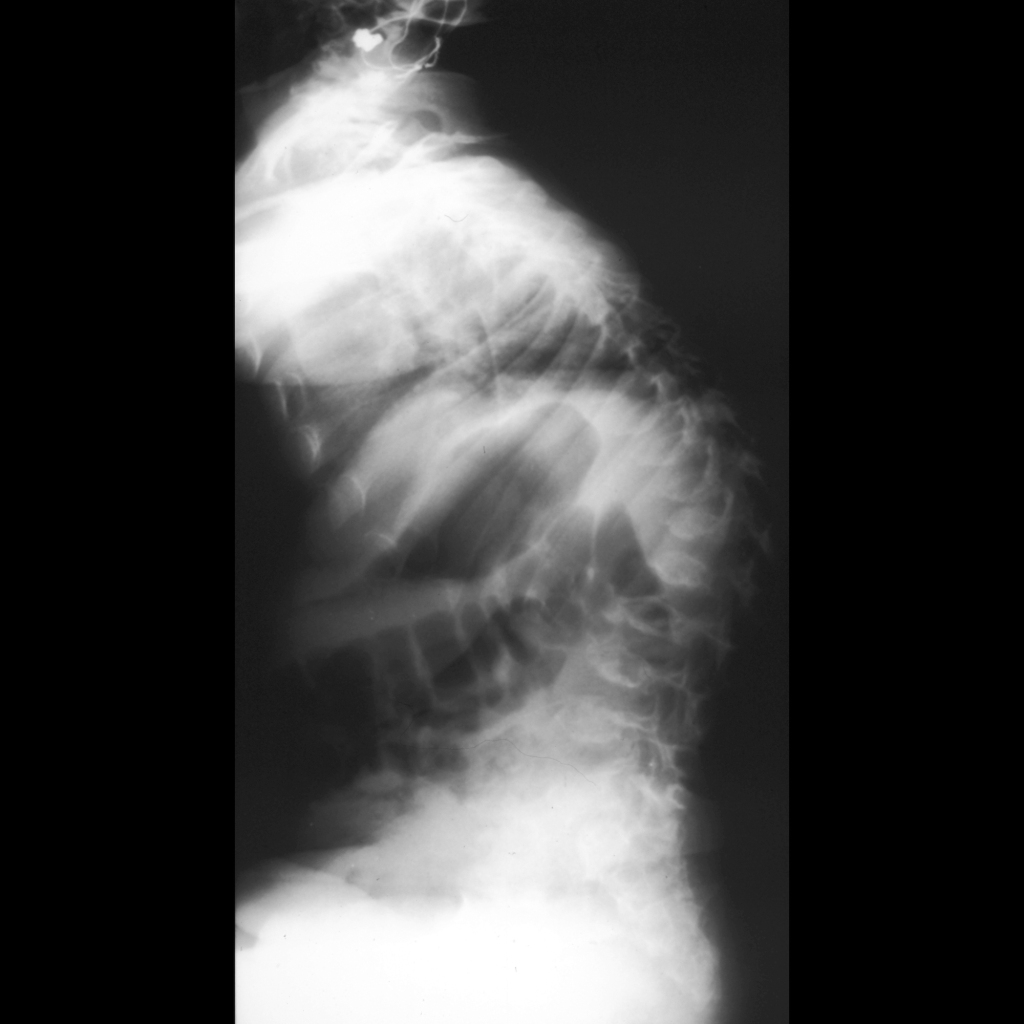
The diagnosis was Morquio syndrome.
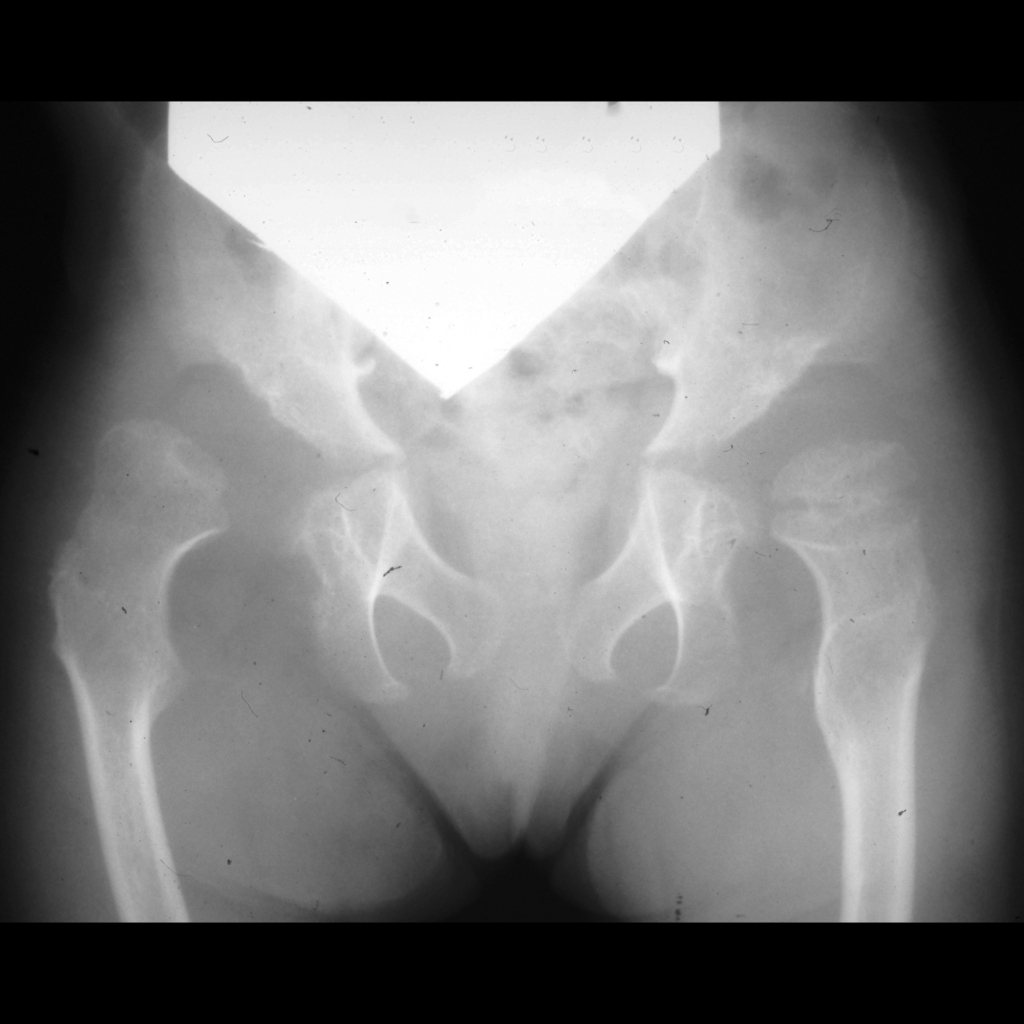
The diagnosis was Morquio syndrome.
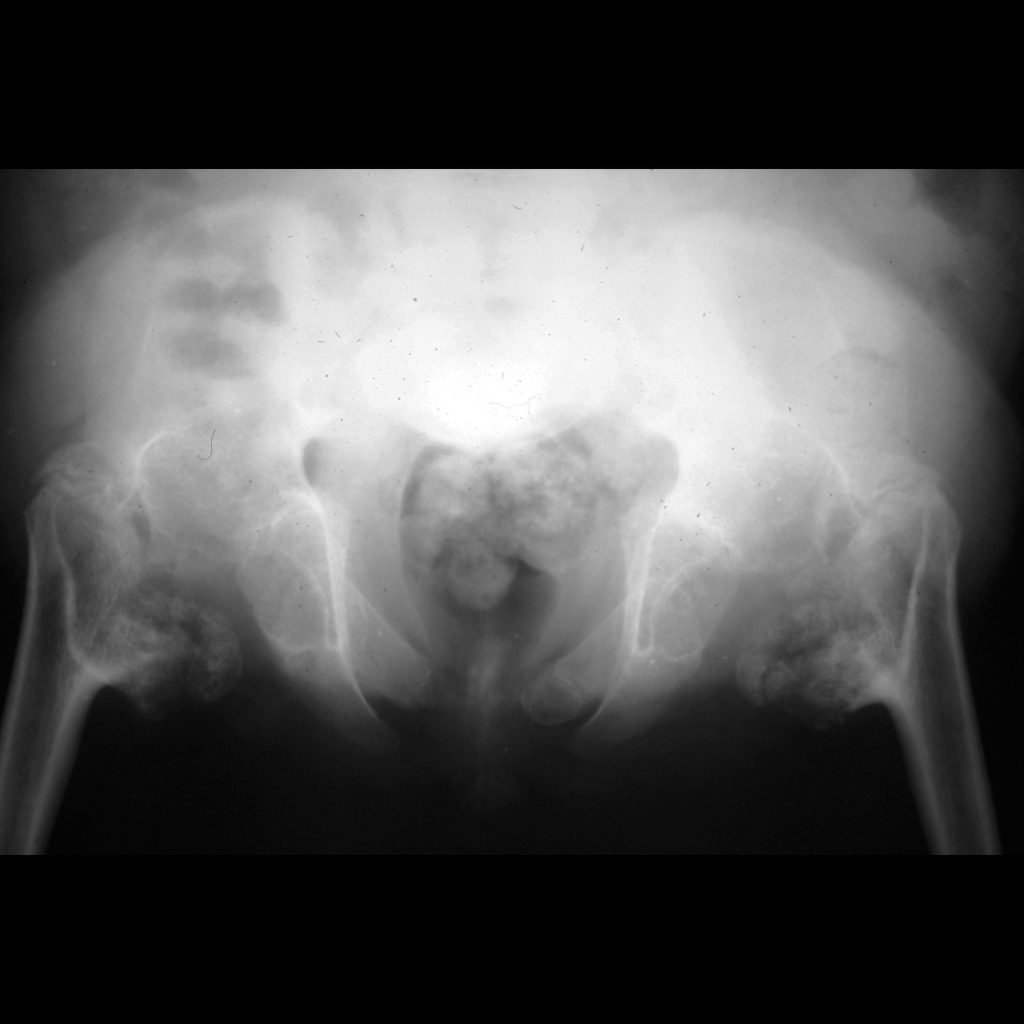
The diagnosis was spondyloepiphyseal dysplasia.
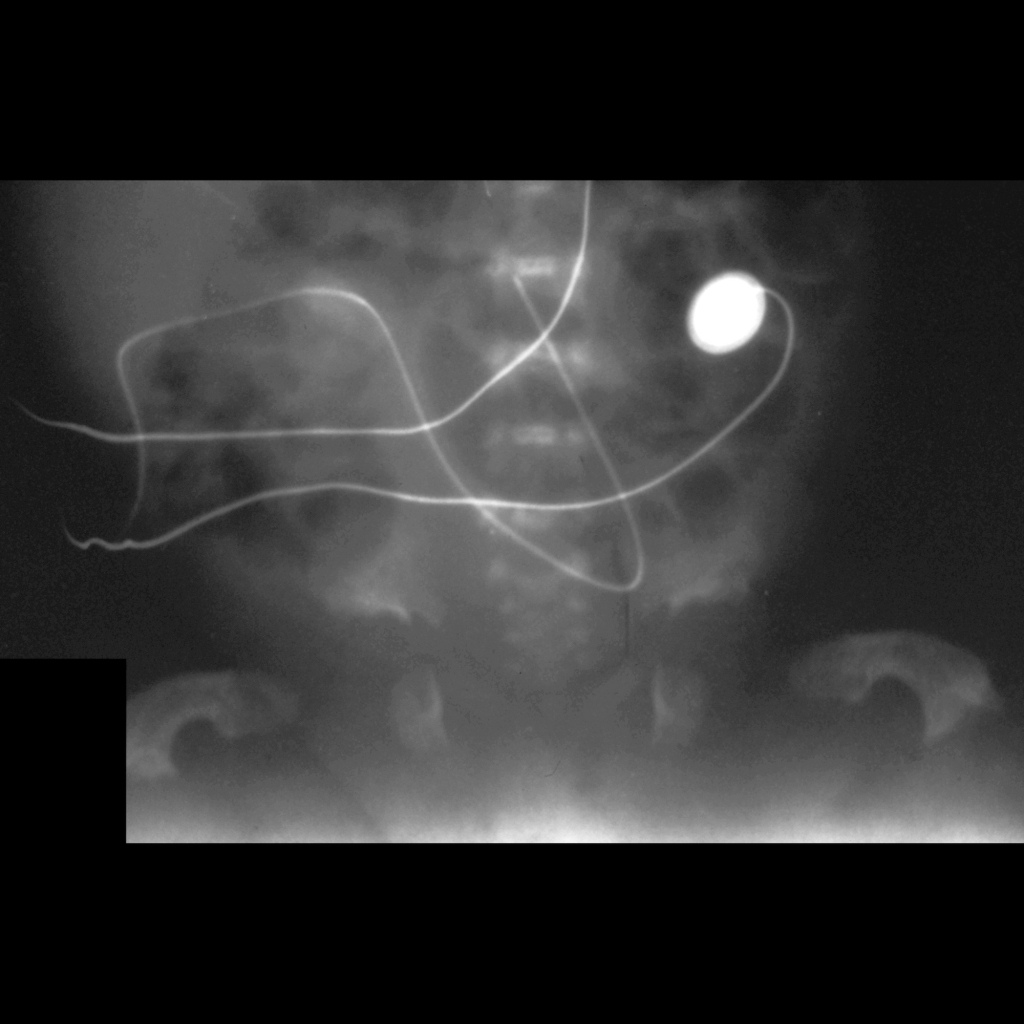
The diagnosis was thanatophoric dysplasia.
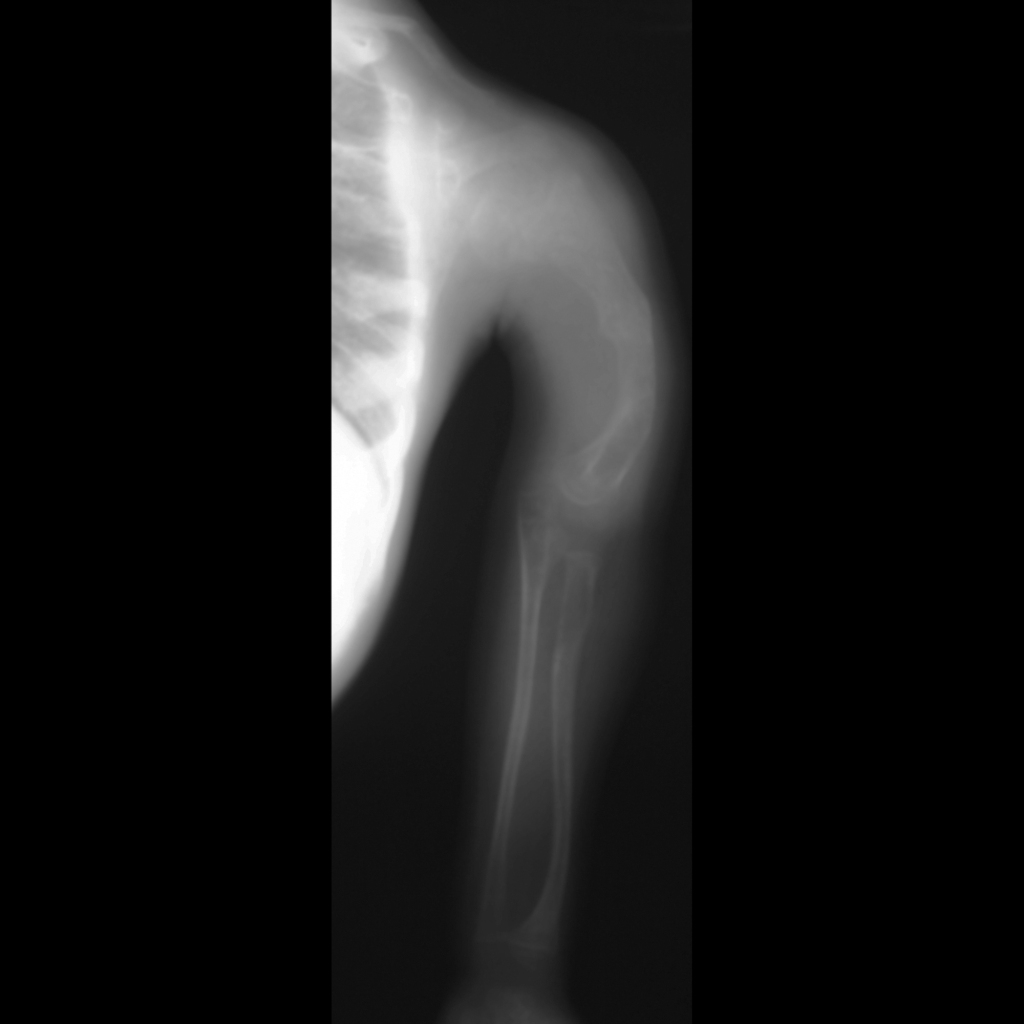
The diagnosis was osteogenesis imperfecta.
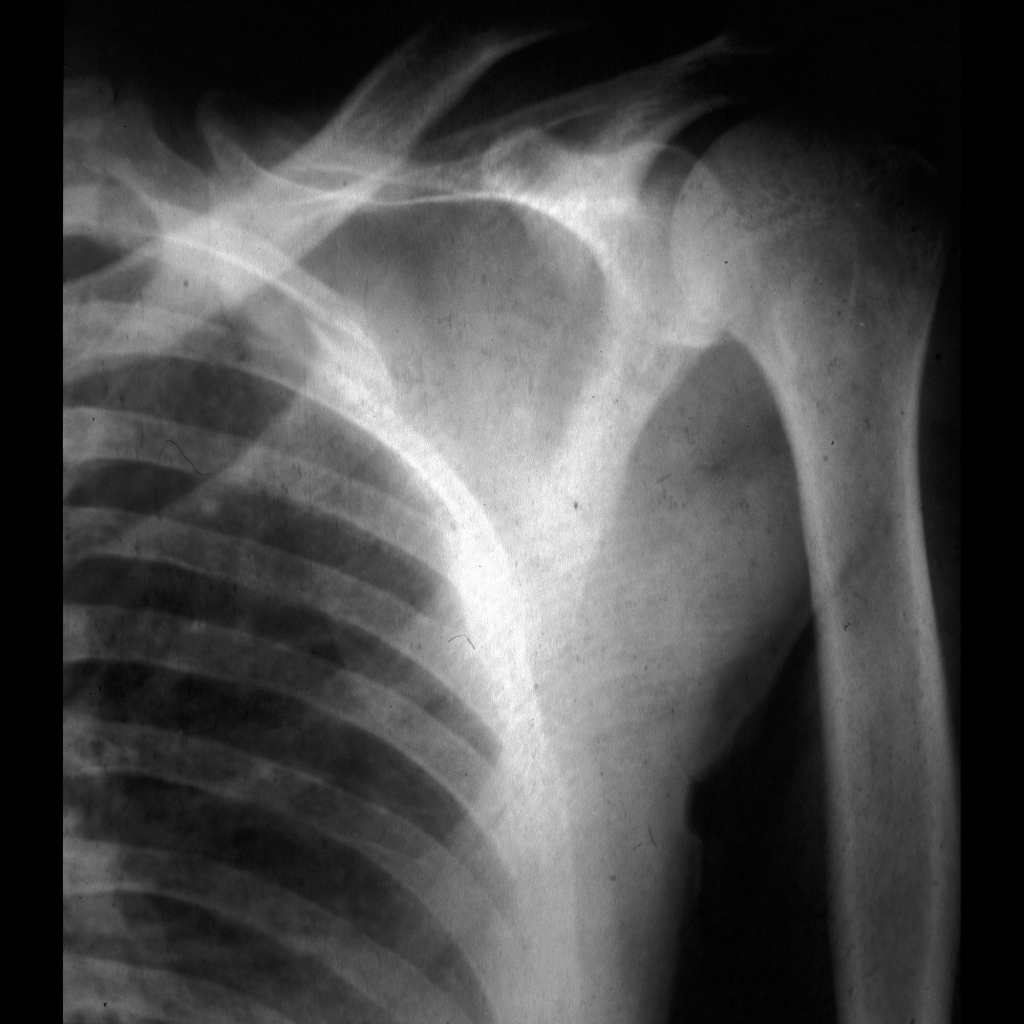
The diagnosis was rib fracture of the second rib. CT of the chest was negative for thoracic aortic injury.

The diagnosis was basilar invagination due to osteogenesis imperfecta.
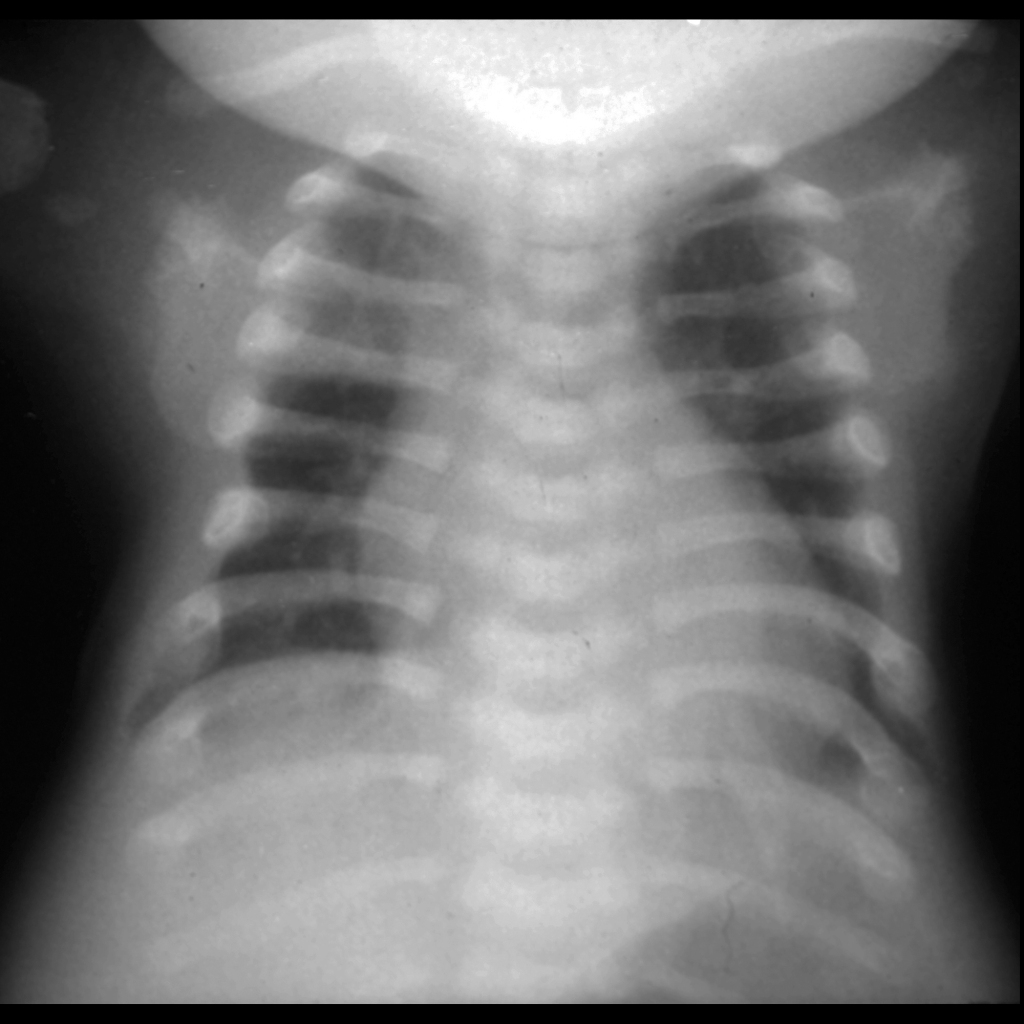
The diagnosis was asphyxiating thoracic dystrophy.
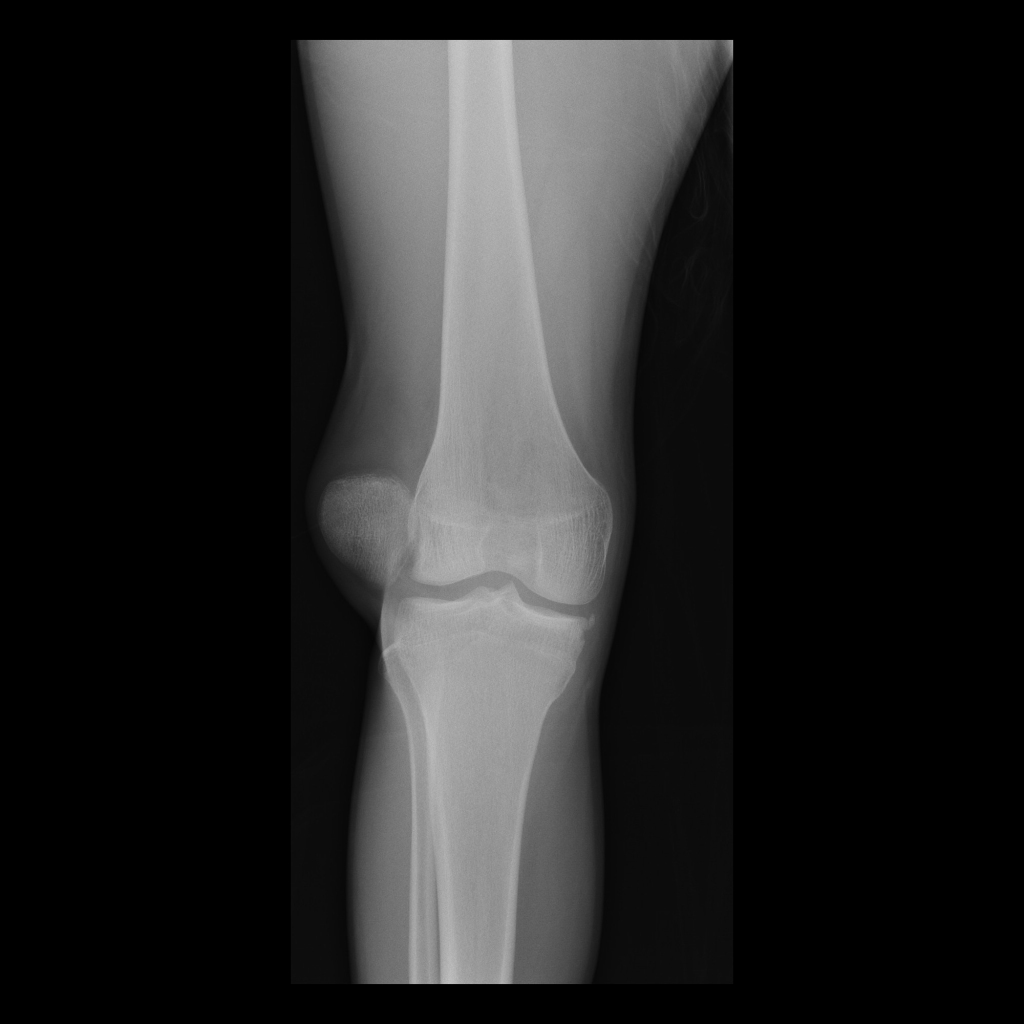
The diagnosis was a reverse Segond fracture and patellar dislocation.
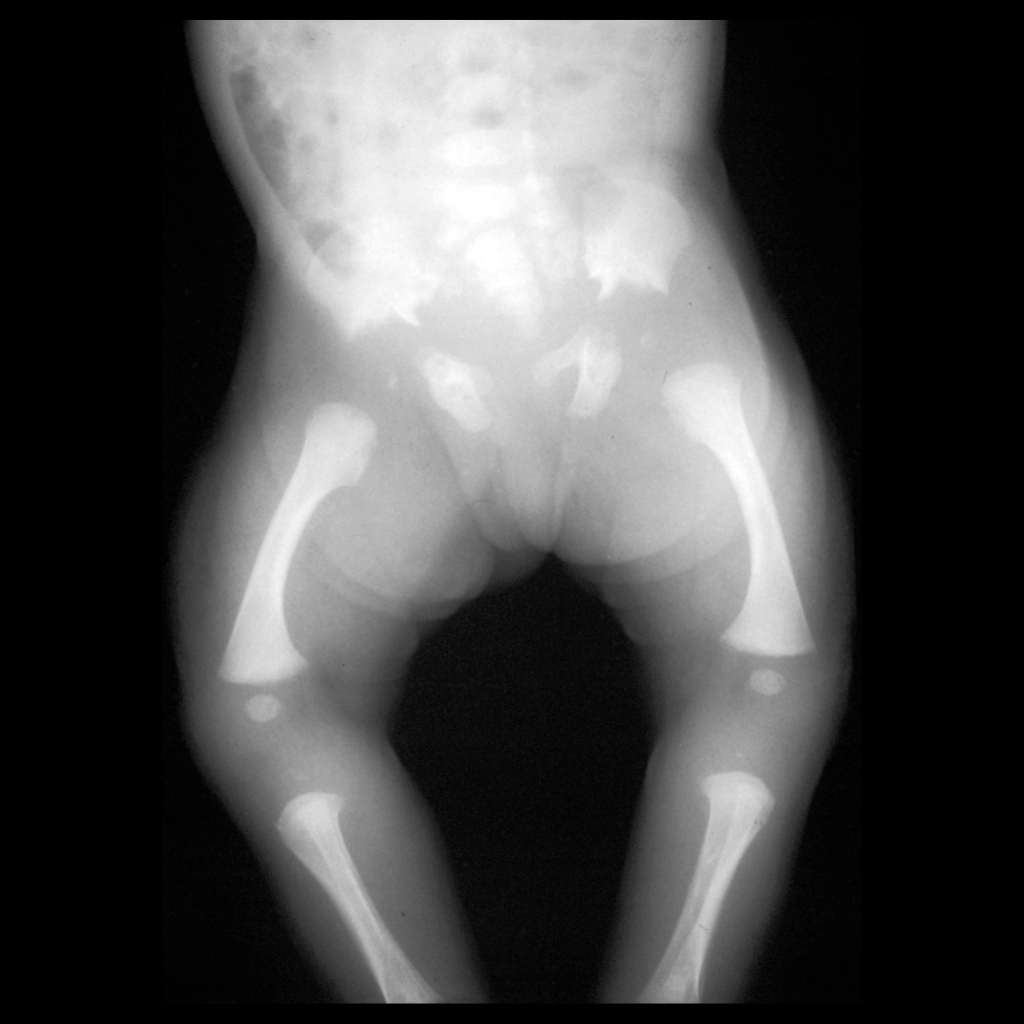
The diagnosis was asphyxiating thoracic dystrophy.
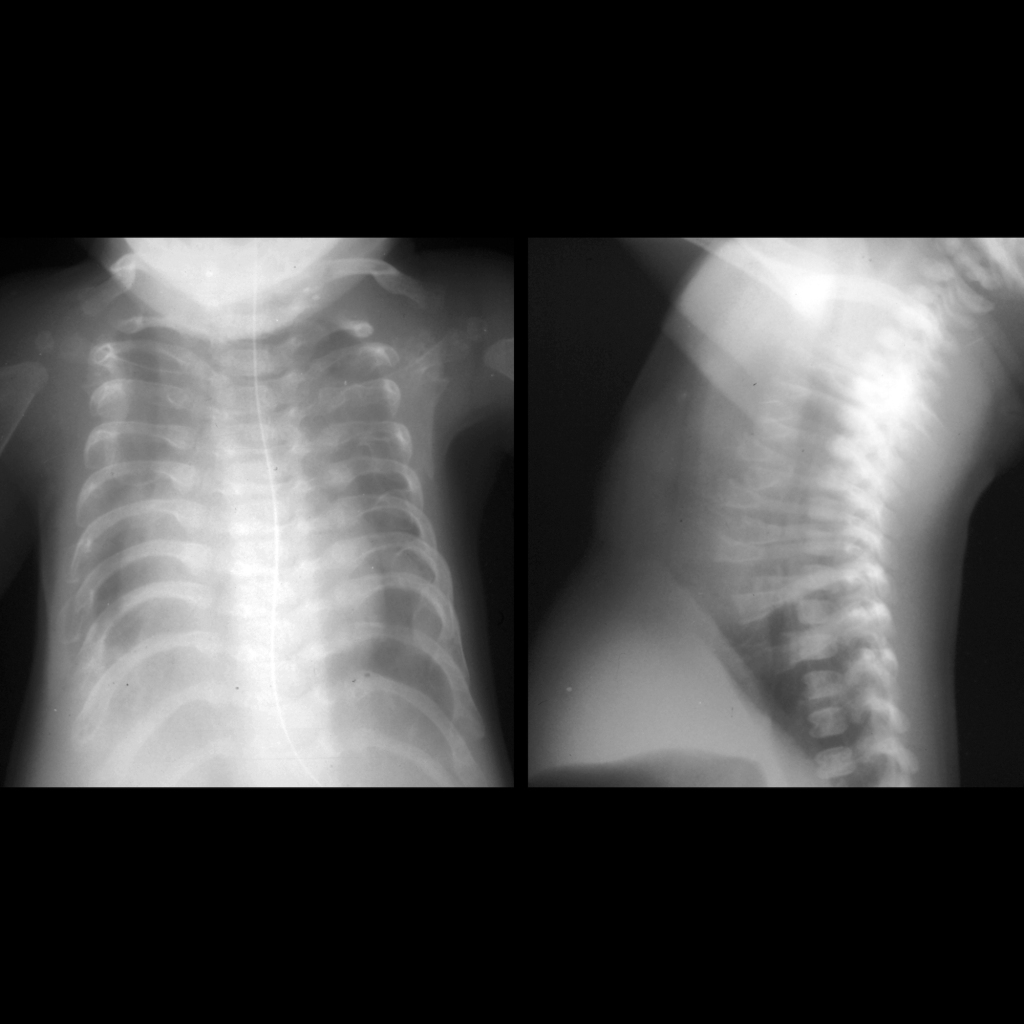
The diagnosis was asphyxiating thoracic dystrophy.
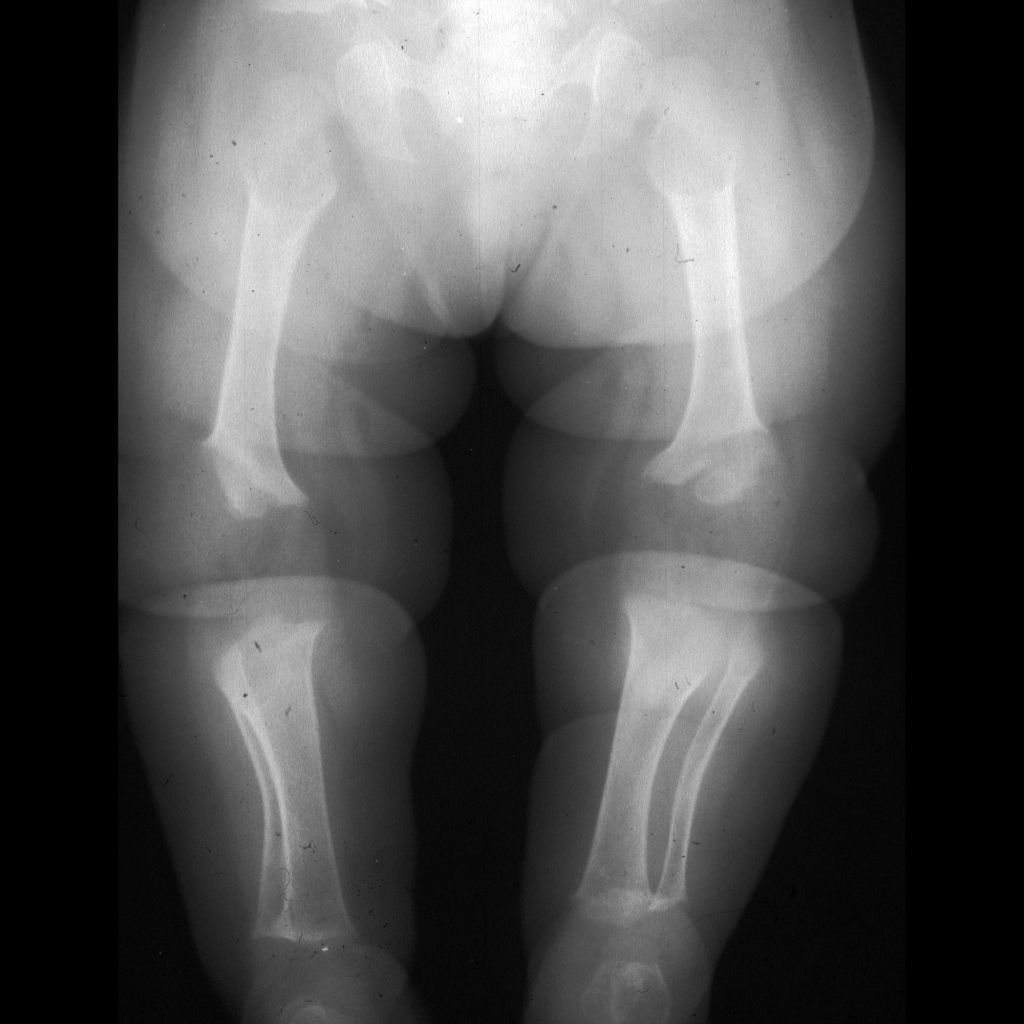
The diagnosis was achondroplasia.
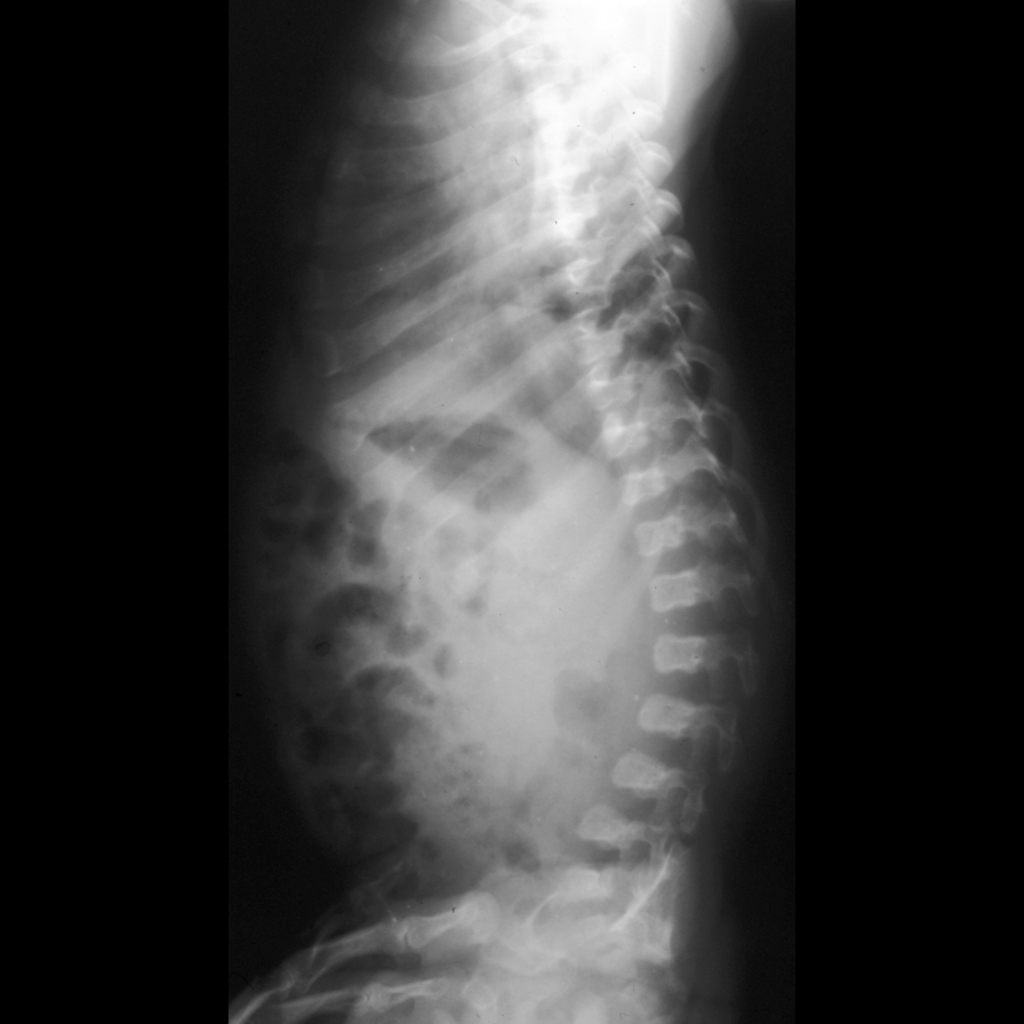
The diagnosis was achondroplasia.
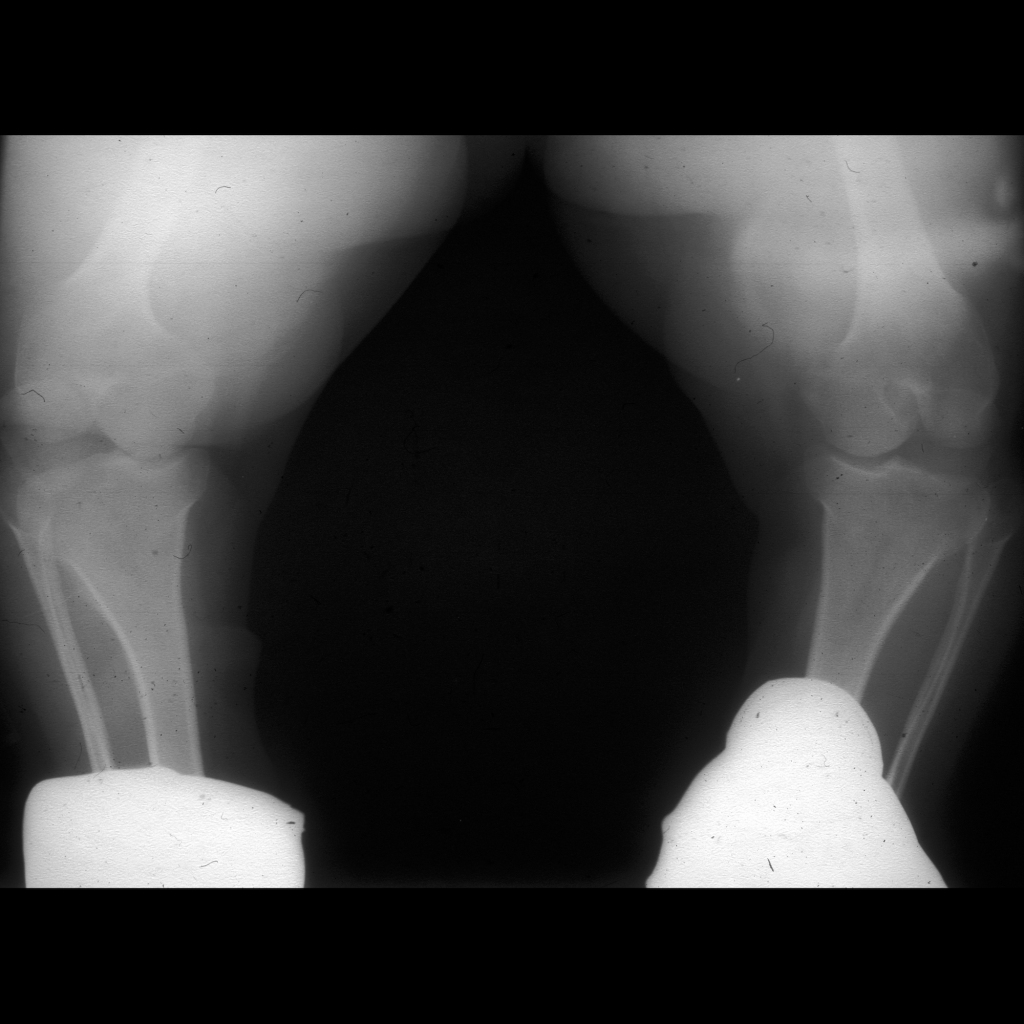
The diagnosis was achondroplasia.